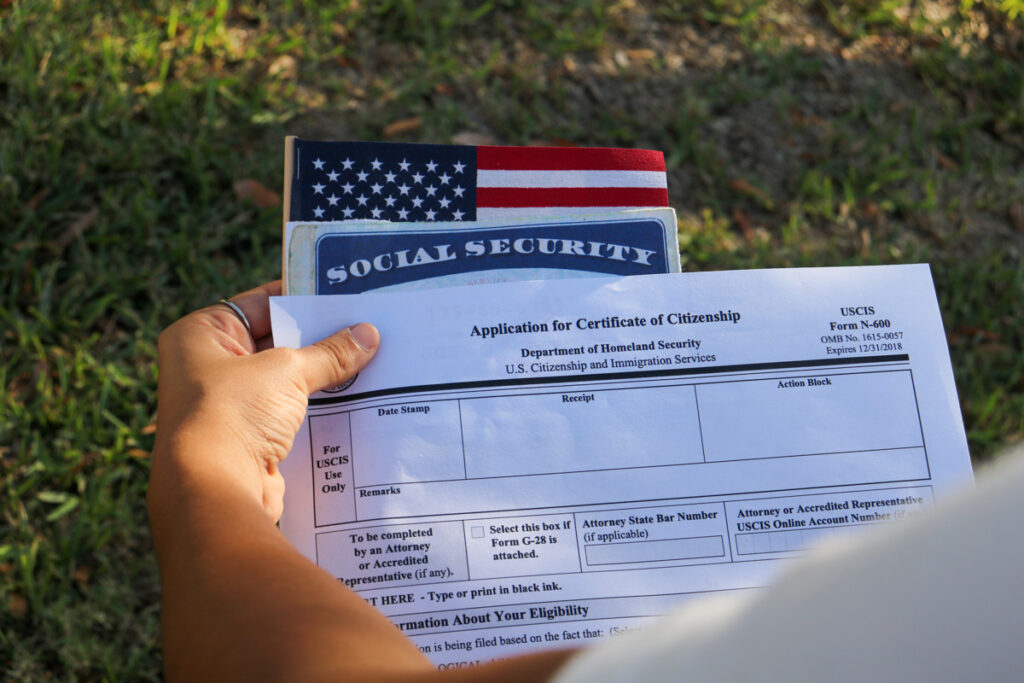
Filing fee increases proposed
A Notice of Proposed Rulemaking that would dramatically raise most immigration filing fees has been proposed by the U.S. Citizenship and Immigration Services.
The proposed fee increase would raise the application cost for many family- and employment-based immigration benefits.
The Department of Homeland Security has also proposed funding the asylum program with a controversial new $600 Asylum Program fee.
Refugee status or asylum may be granted to people who have been persecuted or fear they will be persecuted on account of race, religion, nationality and/or membership in a particular social group or political opinion, according to the USCIS website.
The fee would be paid by employers who file a Petition for a Nonimmigrant Worker (Form I-129) or an Immigrant Petition for Alien Worker (Form I-140).
The $600 fee would be in addition to the processing fees for those petitions.
“The Asylum Program fee is an effective way of shifting some costs to applications that are typically filed by petitioners who are more able to pay, rather than pass those costs on to all other payers,” according to the proposed rule.
USCIS Director Ur M. Jaddou stated in a Jan. 3 news release, “This proposed rule allows USCIS to more fully recover operating costs for the first time in six years and will support the Administration’s effort to rebuild the legal immigration system.”
The USCIS last increased its fees in December 2016, with an average increase of 21%. The recent proposal would represent an average increase of 40%.
Proposed on Jan. 4, the fee increases would allow USCIS to hire 7,778 new employees “in order to meet demands for service,” according to the agency.
Applying for a Permanent Resident card, or green card, for family members will increase under the USCIS’s new filing fees proposal. Form I-129F (Petition for Alien Fiancé) filing costs would increase 35% to $720.
The cost to submit Form I-130 (Petition for Alien Relative), which helps family members in getting a green card, would also go up 53% to $820.
Other notable fee increases are
–Application for Regional Center Designation (Form I-956) will increase 168%, from $17,795 to $47,695;
–Immigrant Petition by Standalone Investor (Form I-526) will increase 204%, from $3,675 to $11,160;
–Application for Permission to Reapply for Admission into the U.S. After Deportation or Removal (Form I-212) will increase 50%, from $930 to $1,395;
–H-1B Pre-Registration Fee will increase 2,050% from $10 to $215; and
–Petition by Investor to Remove Conditions on Permanent Resident Status (Form I-829) will increase 154% from $3,750 to $9,525.
The proposed rule encourages online filings by reducing the filing fee by $10 to $100 for some online applicants.
Álvaro J. Corral, an assistant professor in the UTRGV Department of Political Science, said it is important for the people to know that USCIS is not fully funded by Congress.
“USCIS is a little bit different from a lot of other federal government agencies,” Corral said. “So 96% of their operating costs come from fees from the American public, right, or from people who are seeking their services. Even though they are a federal government agency, they are not actually funded fully by Congress.”
He said the proposed fee increases will affect employers who sponsor aliens and individuals seeking naturalization.
USCIS estimates receiving an extra $5.2 billion annually in funding for Fiscal Year 2022-23 if the proposed rule is approved. USCIS stated that it would spend more on its asylum and refugee programs, hire more people, cover increased contract costs, maintain and update its technology, and improve customer service with the additional funds.
“Fiscal years run from Oct. 1 [through] Sept. 30,” Corral said in an email to The Rider last Thursday. “So that means we are still presently in FY 2022-23. By the time we reach the end of fiscal year, USCIS estimates that it will make about [$]6.4 billion in average fiscal years after the rule is implemented.”
In the proposal, the agency states it “cannot maintain adequate service levels with the effects of the budget cuts and its current level of spending without lasting impacts on operations.”
Corral said he does not think the number of applications will decrease if the proposal is approved.
“One of the most common applications that people put in is that naturalization form and that was actually the one that increased the least,” he said. “You know, if [people] really want to become U.S. citizens, I think these percentage differences aren’t enough to really dissuade people. … But I think the effects will probably be somewhat minimal.”
Biology junior Sarah Badillo said she does not agree with the proposal to increase certain immigration and naturalization fees.
“Probably decrease, just because I feel like they are already struggling enough to get where they are and to have to pay even more, that’s probably going to be a shock to them,” Badillo said about immigrants. “I feel like, if anything, people are going to try to sneak in even more instead of going that route.”
After a 60-day public comment period ends on March 6, all comments will be reviewed and DHS will publish a final decision, according to Corral.





